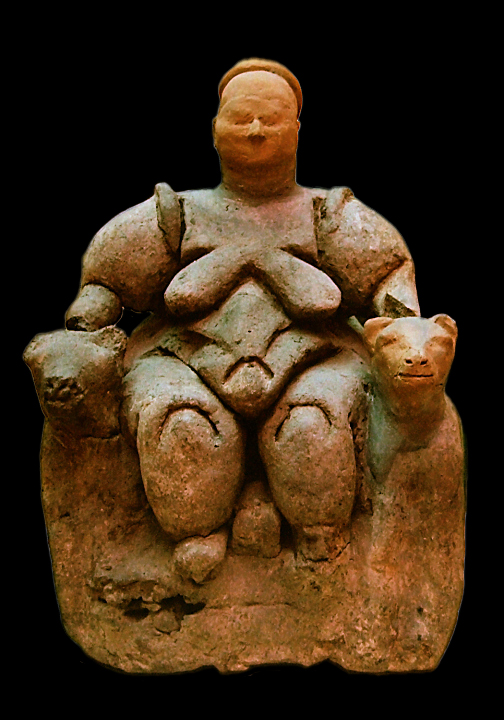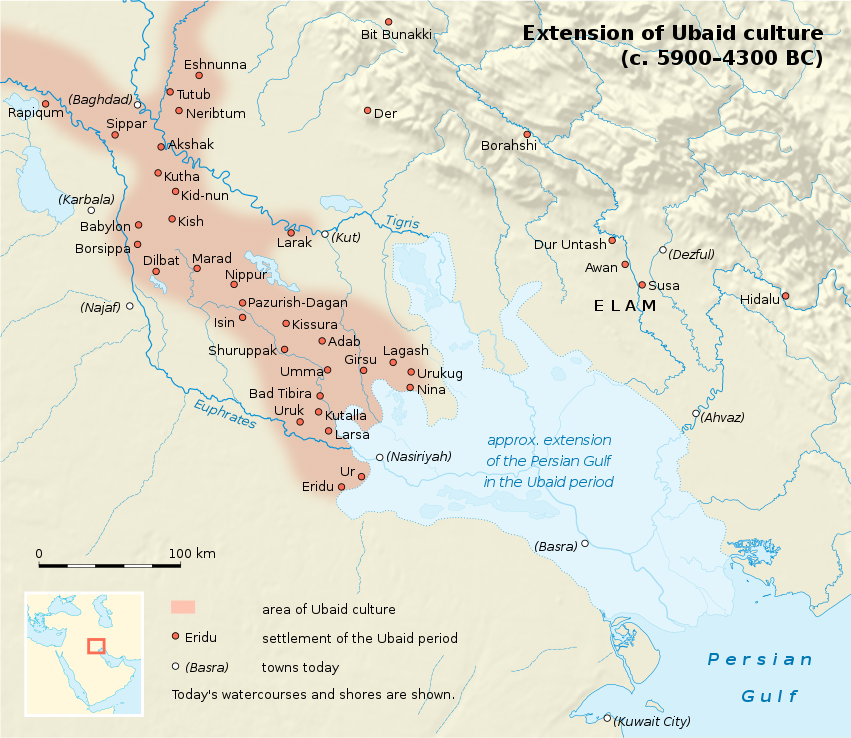Çatalhöyük

Feminist Archaeology versus the Goddess Movement
Çatalhöyük had no apparent social classes, as no houses with distinctive features (belonging to royalty or religious hierarchy, for example) have been found so far. The most recent investigations also reveal little social distinction based on gender, with men and women receiving equivalent nutrition and seeming to have equal social status, as typically found in Paleolithic cultures.
In an article in the Turkish Daily News, Hodder is reported as denying that Çatalhöyük was a matriarchal society and quoted as saying “When we look at what they eat and drink and at their social statues, we see that men and women had the same social status. There was a balance of power.
Another example is the skulls found. If one’s social status was of high importance in Çatalhöyük, the body and head were separated after death. The number of female and male skulls found during the excavations is almost equal.” In another article on turkish “Hurriyet Daily News” Hodder is reported to say “We have learned that men and women were equally approached”.
Ubaid period

Thorkild Jacobsen – Primitive Democracy in Ancient Mesopotamia
Ubaid culture originated in the south, but still has clear connections to earlier cultures in the region of middle Iraq. The appearance of the Ubaid folk has sometimes been linked to the so-called Sumerian problem, related to the origins of Sumerian civilisation.
Whatever the ethnic origins of this group, this culture saw for the first time a clear tripartite social division between intensive subsistence peasant farmers, with crops and animals coming from the north, tent-dwelling nomadic pastoralists dependent upon their herds, and hunter-fisher folk of the Arabian littoral, living in reed huts.
The Ubaid period as a whole, based upon the analysis of grave goods, was one of increasingly polarised social stratification and decreasing egalitarianism. Bogucki describes this as a phase of “Trans-egalitarian” competitive households, in which some fall behind as a result of downward social mobility.
Morton Fried and Elman Service have hypothesised that Ubaid culture saw the rise of an elite class of hereditary chieftains, perhaps heads of kin groups linked in some way to the administration of the temple shrines and their granaries, responsible for mediating intra-group conflict and maintaining social order.
It would seem that various collective methods, perhaps instances of what Thorkild Jacobsen called primitive democracy, in which disputes were previously resolved through a council of one’s peers, were no longer sufficient for the needs of the local community.
Stein and Özbal describe the Near East oikumene that resulted from Ubaid expansion, contrasting it to the colonial expansionism of the later Uruk period. “A contextual analysis comparing different regions shows that the Ubaid expansion took place largely through the peaceful spread of an ideology, leading to the formation of numerous new indigenous identities that appropriated and transformed superficial elements of Ubaid material culture into locally distinct expressions”.
Filed under: Uncategorized